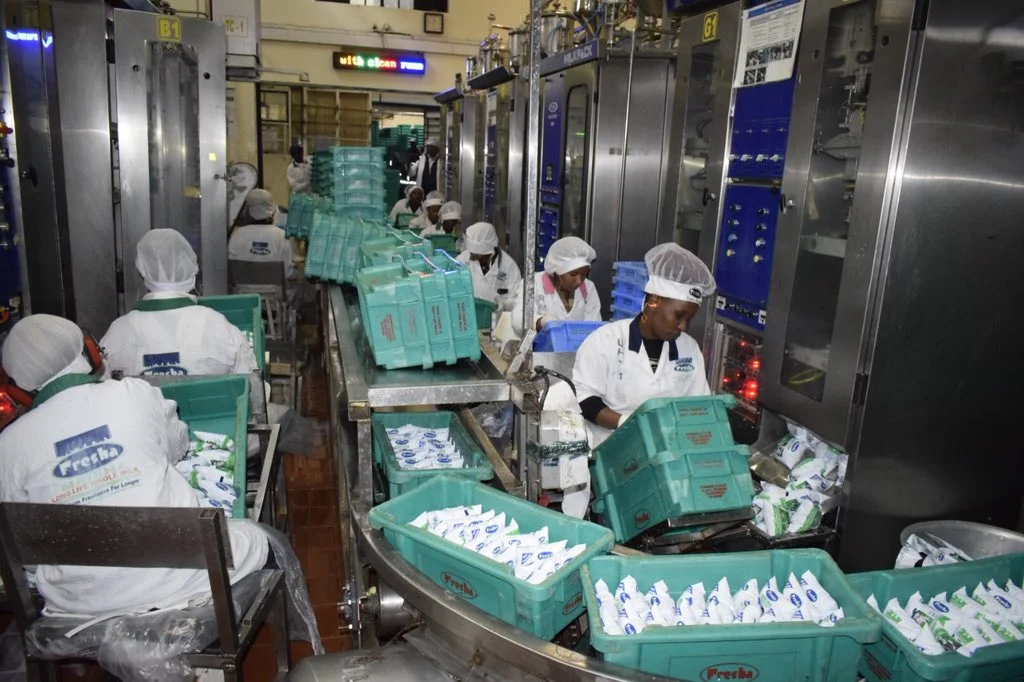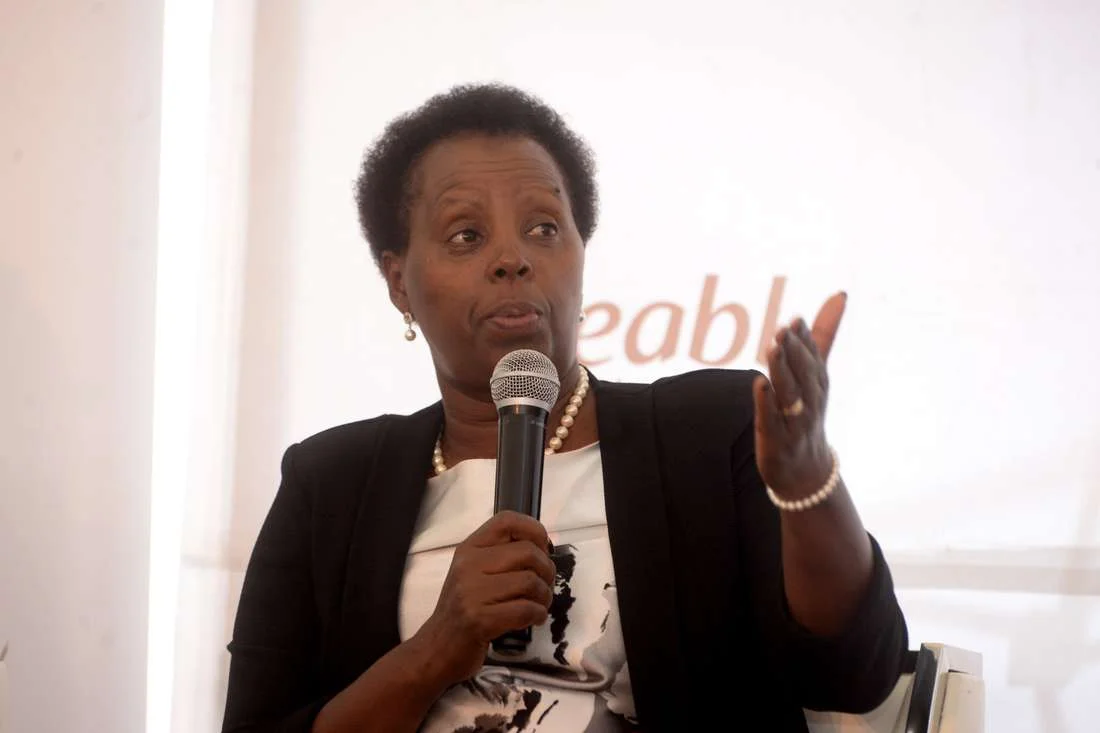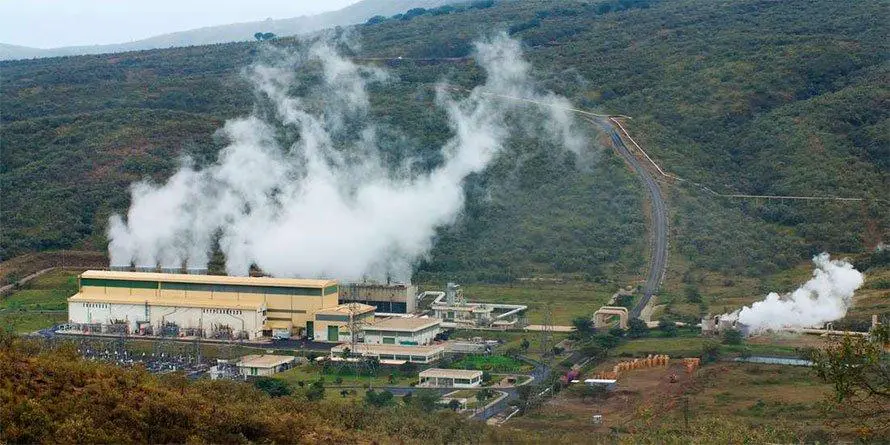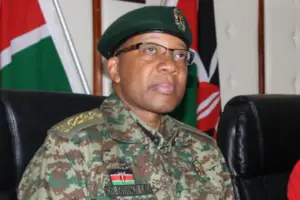The Washington Post
THE DEBATE triggered by the murder of Saudi journalist Jamal Khashoggi was exceptional in part because, by some measures, his case was not unusual. The Washington Post contributing columnist, who was assaulted, suffocated and dismembered by a hit squad in the Saudi Consulate in Istanbul on Oct. 2, was just one of dozens of journalists around the world who were murdered in 2018 because of their work. Hundreds more are imprisoned. The growing climate of violence and intimidation directed against the media recently prompted the Committee to Protect Journalists (CPJ) to describe “a profound global crisis of press freedom.”
In a year-end report, CPJ counted 53 journalists killed between Jan. 1 and Dec. 14, including 34 targeted in reprisal for their work — nearly double the 18 such murders it recorded in 2017. Reporters Without Borders, another independent group, counted 63 professional journalists killed; it counted 49 killed journalists, including professionals, non-professionals and media workers, who were deliberately targeted. The murders ranged in location from Afghanistan, where nine journalists were killed in a single suicide bombing this past April, to Annapolis, where four reporters and editors of the Capital Gazette and a sales assistant were shot and killed June 28 allegedly by a man who had repeatedly threatened the paper.
No region of the world was exempt. In European Union member Slovakia, investigative journalist Jan Kuciak was gunned down along with his fiancee. At least four journalists were murdered in Mexico, CPJ said, and two in Brazil. But the violence was concentrated in Afghanistan and the Middle East. The 13 Afghan journalists killed were the most ever recorded in a year by CPJ; terrorists there have adopted the appalling tactic of bombing targets twice — with the second explosion aimed at rescue workers and reporters. At least nine journalists were killed in Syria, three in Yemen and two in the Gaza Strip.
Among countries where journalists are imprisoned, Turkey remained the leader, with 68 jailed. While that number was down slightly from the previous year, the number of imprisoned journalists in China rose to 47, due in part to the ongoing campaign of repression against Muslims in the Xinjiang region, where 10 media workers were detained without charge. In Saudi Arabia, the same campaign against dissent that led to Mr. Khashoggi’s murder left 16 journalists imprisoned in December, according to the CPJ account, including four women who reported on women’s rights. Egypt had the dishonourable distinction of imprisoning the most people — 19 — on charges of disseminating “false” or “fake” news.
The growing number of journalists jailed or attacked on that pretext is one illustration of the deleterious influence that President Trump has had on press freedom globally. His labeling of the U.S. media as the “enemy of the people” and charges of “fake news” have been imitated by regimes around the world. At the same time, his refusal to hold Saudi Crown Prince Mohammed bin Salman responsible for Mr. Khashoggi’s murder, despite a CIA finding that he likely ordered it, has, as CPJ put it, “signaled that countries that do enough business with the United States are free to murder journalists without consequence.” It won’t be a surprise if 2019 produces another large body count.


















































